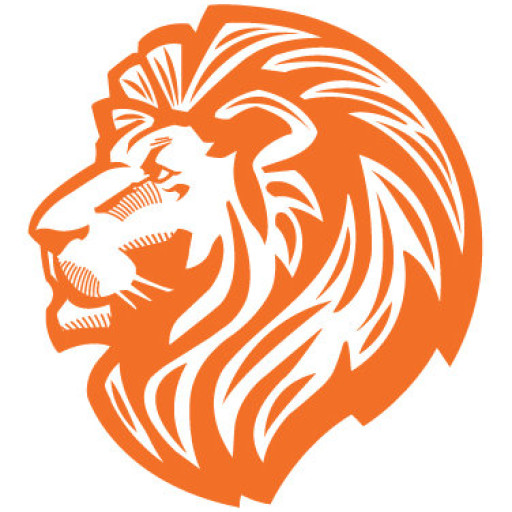Last month my daughter Tamika had her open day at school and it’s very exciting for all concerned. Like a singer going on stage, or an artist revealing a masterpiece, Tamika was super proud to be walking her family through her achievements. Looking through some of the lesson plans, Tamika’s class was engrossed in everything there was to know about story telling. Walls were adorned with pictures depicting favourite scenes from children’s classics, and english books were filled with strategies on nailing the great short story.
I was walking towards the back of the classroom when I noticed the below poster and was intrigued in the aspects Tamika walked me through. Using a traffic light system, the class was being taught effective questioning techniques as a central part of authoring a short story. While the questioning elements were taught as a central component of an authors planning, the class was also learning how to use this type of questioning in everyday situations. Central to connected communication, the class was using questioning techniques to minimise confusion and arguing, while maximising engagement and agreement.
As I listened to Tamika walk through the poster, my mind’s cinema immediately started playing back meetings and interactions at work where real, effective questioning was absent and these aspects could’ve easily helped. Effective questioning is critical in gaining a shared understanding, collective agreement and context for future direction. Asking the right questions also help steer outcomes and broaden peoples willingness to change.
If you replaced the word “story” in the poster with communication, these are valuable, simple and effective golden rules we all so often forget about in the workplace.

Here’s how I’d lay out the poster for us at work, especially in meetings:
GO – Tell people what they need to know: When you need to get your point across, keep it succinct and give people the information the need in order to progress the conversation using the WHO, WHAT, etc.
SLOW DOWN – Ensure perception and reality of what was communicated is aligned: When you need to clarify a point communicated, use effective questioning to confirm what you’ve understood. Summarising what was said is the best place to start (retelling). Asking questions with “what caused..”, “how did…”, “when you say x what does specifically mean…”, “to help me understand further can you explain x in a little more detail” etc will help gain more clarity for yourself and others in a non-confronational way.
STOP – Offer constructive counter dialogue: After clarifying what was said, offer productive dialogue that is within the context of the overall communication. Ensure you think about any potential problems and articulate them with a solution or alternate point of view. Think about the ‘what ifs’ and provide logical and sequential pieces of information that flow so that others see what concerns, challenges or alternatives your are putting forward clearly.
It’s so simple and we’ve all heard of these things before, but the challenge is remembering them when the mind starts ticking, emotions start chattering and perceptions start forming. Ironically, in this age of hyper connectivity and with more ways to communicate than ever before, our capability to actually listen for understanding is under utilised and more essential than ever before.
Do you have any other tips for enhancing communications between colleagues?
Let us know below
